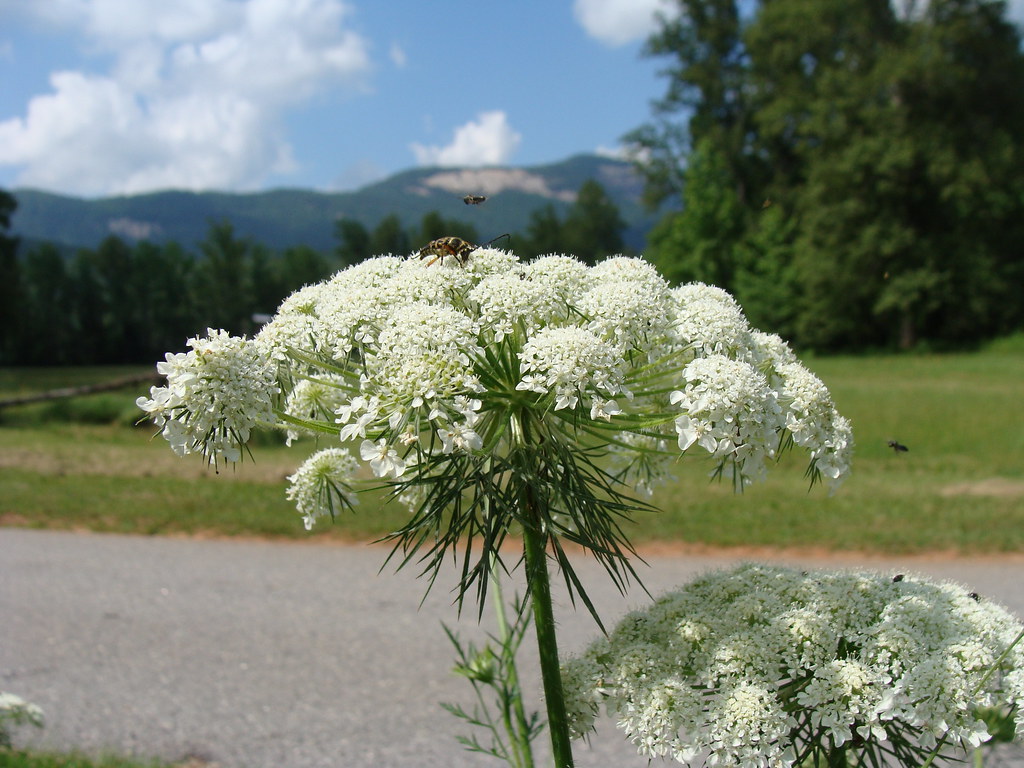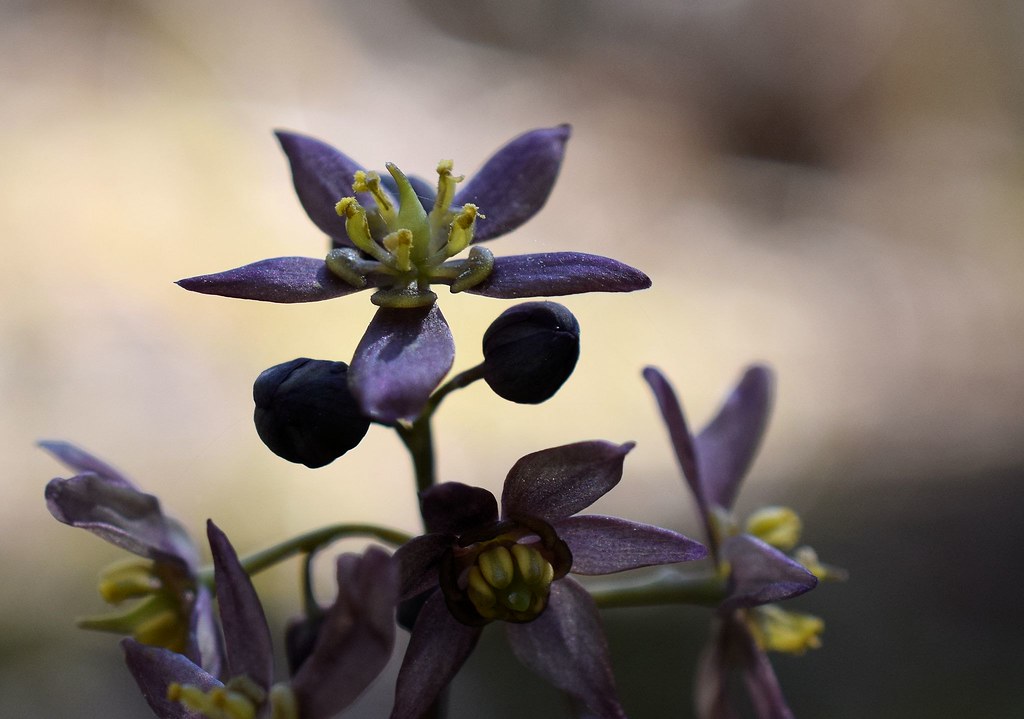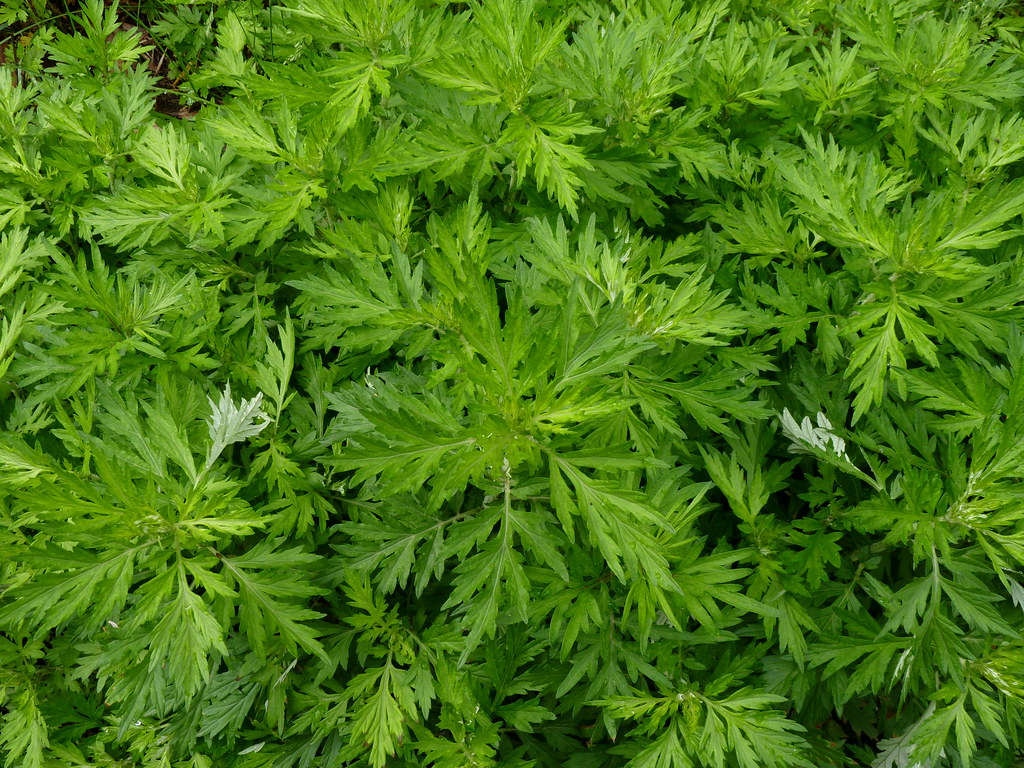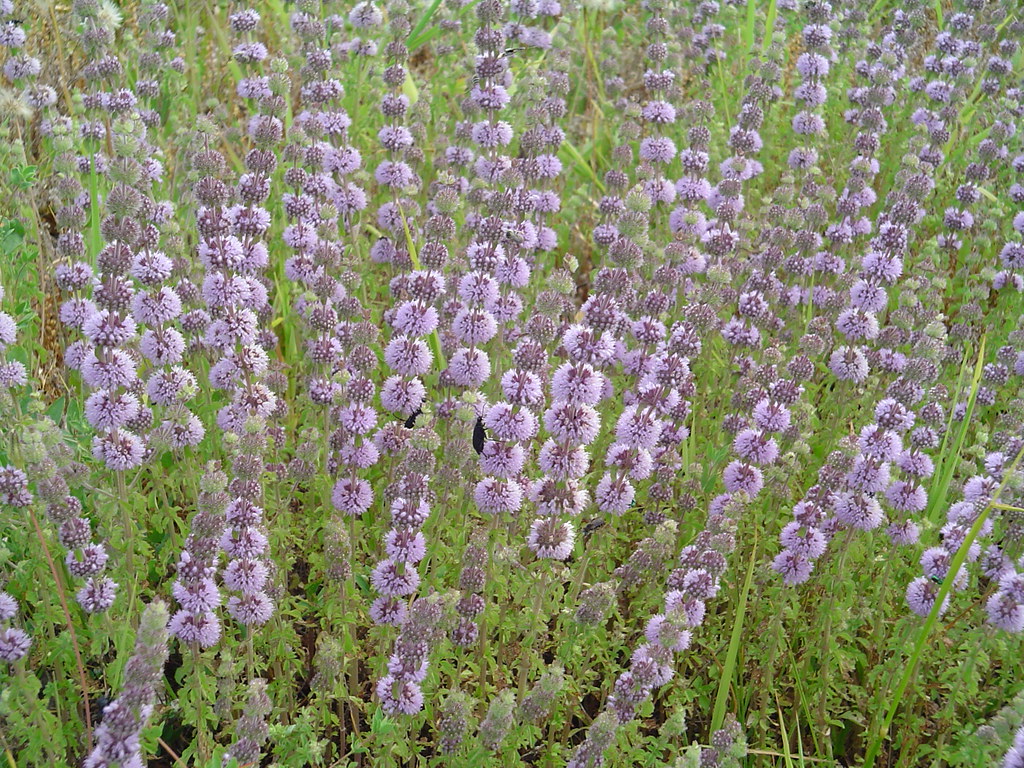- Abortion, Plants, & Whispered Networks of Botanical Knowledge - January 6, 2021

The famous Supreme Court of the United States decision Roe v. Wade (1973) is a landmark in abortion rights, enshrining legal access to elective abortive procedures at the federal level. Since that time, this decision remains fiercely contested in American society and politics, and has gained a renewed significance after the appointment of conservative justices to the court whose presence threatens to turn back the clock on abortion rights. The most recent appointment, Amy Coney Barrett, was nominated by out-going President Donald Trump and is the 5th woman to serve on the Supreme Court. But unlike her immediate predecessor, Ruth Bader Ginsberg, Coney Barrett’s position on abortion makes observers worry that there is a real fear that right of access to abortion may be repealed.
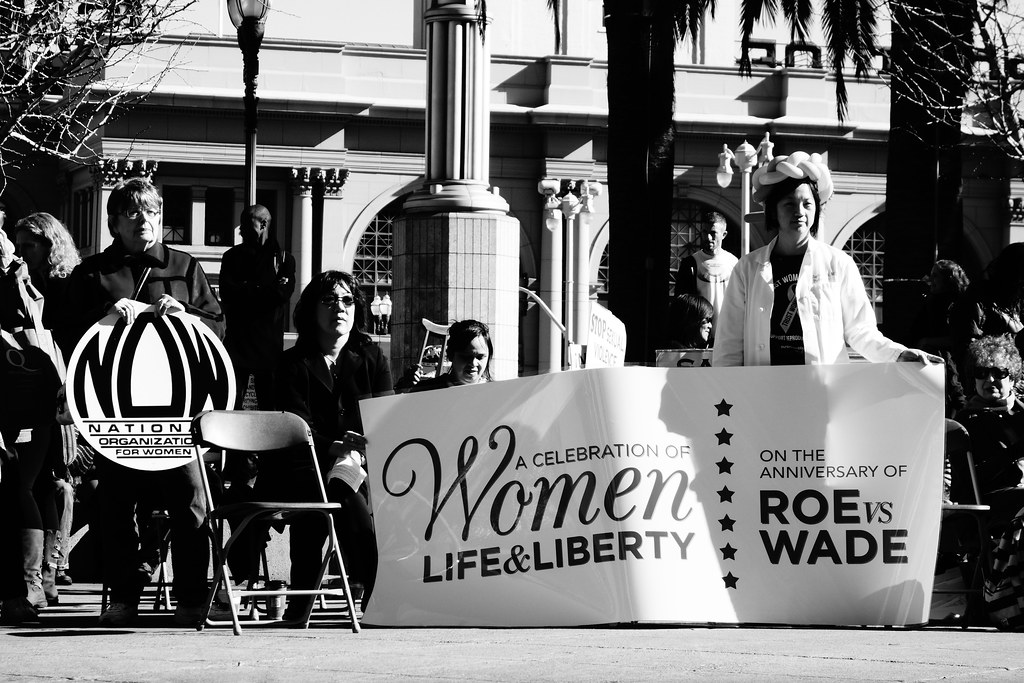
Whisper Networks
Whether or not abortion is legal, women will terminate pregnancies. As they always have. Before Roe, American women resorted to a variety of self-aborting methods, including, but not limited to, the infamous coat-hanger method, various herbal remedies, and physically hurting the abdominal region. Historians, such as John Riddle, have shown that even women in antiquity aborted pregnancies by using concoctions made from herbs like pennyroyal and other herbs, which had more of a contraceptive property that helped prevent ovulation or pregnancy. While this plant-based knowledge was widespread, Riddle argued that it fell out of favor with the rise of male-dominated medicine in the 18th and 19th centuries. The fact that women’s knowledge of herbal remedies was associated with “witchcraft,” and its practice could result in women being condemned to death, didn’t help.
“Whether or not abortion is legal, women will terminate pregnancies. As they always have.”
However, while the development of medical science negatively characterized this domain of women’s knowledge, it turns out that such knowledge did not merely “fall out favor” as much as it slipped underground: Women healers continued to share valuable information with one another in “whisper networks.” Publicly, there was coded language in newspapers informing women where to obtain an abortion. Indeed, it may be said that legal access to abortion has meant that much of the plant-based knowledge about contraception and abortion in the United States has been forgotten. It appears that there was no longer a reason to maintain the whisper networks that shared botanic knowledge about women’s health.
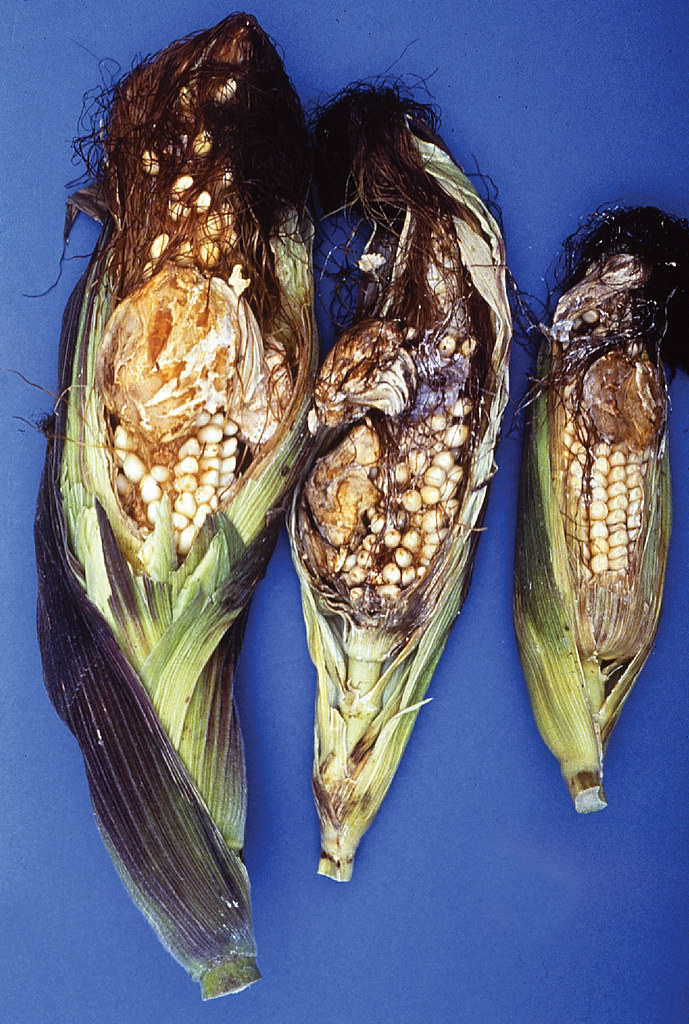
Plants and Abortion
One plant-based substance consistent throughout whisper networks of abortion knowledge is ergot. A fungus found on rye, ergot is known for its potential to cause hallucinations and other supranormal perceptual experiences. Ergot alkaloids were foundational to the research that led Albert Hofmann to his discovery of LSD (lysergic acid diethylamide). Ergot has also long been used as an abortifacient to help post-partum hemorrhage, and even induce labor. Given, or unintentionally ingested, too early into pregnancy, ergot can ignite abortion.
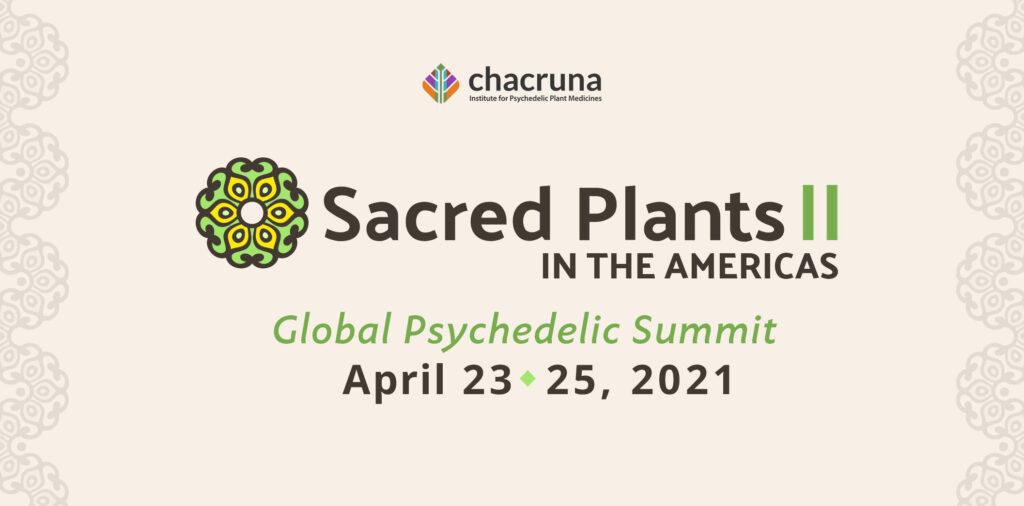
Join us at Sacred Plants in the Americas II
In the first decades of the 20th century, ergot was most often given as an intramuscular injection, and determining a safe dosage was a delicate and complicated task. Physicians and pharmacists knew that ergot was a poison. They also knew that while a small dose created uterine contractions, too much ergot administered too quickly could seize the uterus and kill the fetus. The ideal dose was unclear because each woman’s tolerance was different. When given too large of a dose, ergot could be deadly, and when given at the wrong time, it could kill a fetus.
Evidence shows that when used during both the early stages and post-partum phase of childbirth, ergot has a variety of side effects, including vision problems, headaches, irritability, and nausea. Obstetricians by the 1920s recognized that ergot’s effectiveness in childbirth ranged from useless to catastrophic. While the evidence is difficult to pinpoint, historians suspect that ergot use contributed to increased maternal mortality rates of the late 1920s and early 1930s. Yet, it is also clear that women have been historically willing to take even grave risks when it comes to abortions.
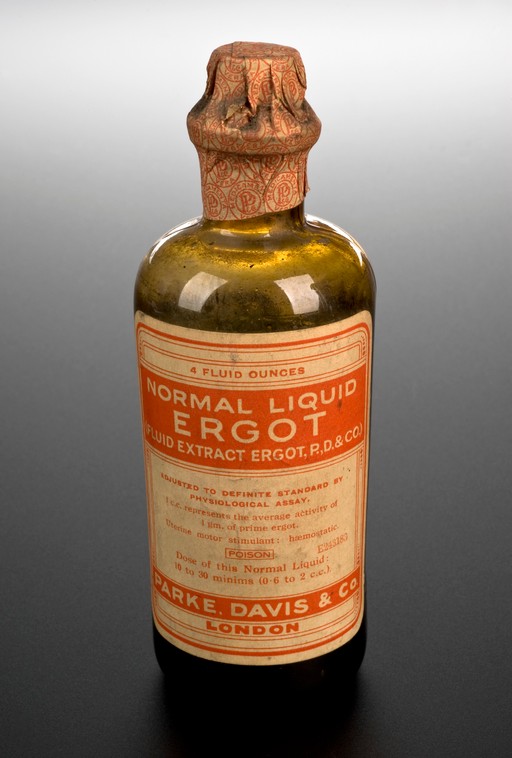
Medical historian Edward Shorter has argued that ergot, for the purposes of abortion, was not effective prior to about the fourth gestational month, making ergot useless to women wanting to abort early in the first trimester. While there is limited information about how women procured and used ergot, due in large part because its use for abortions was a criminal offense in many jurisdictions, it appears that its use (along with other botanics) became part of women’s networks of knowledge, often concealed, protected, and quite possibly subject to lots of inconsistent use as desperate women sought solutions that could be kept secret.
The use of plant-based medicines “became part of women’s networks of knowledge, often concealed, protected, and quite possibly subject to lots of inconsistent use as desperate women sought solutions that could be kept secret.”
Historians Shorter and Riddle both found evidence of ergot poisoning, which included high rates of miscarriages and a decrease in birth rates. The historical efficacy of ergot for early abortion is unclear, but ergot’s oxytocic effects are known. It not only produces contractions, but can produce hallucinations, and warrants serious warning when used outside of medical supervision. Ergot, (un)fortunately, is not so easy to get ahold of commercially. It is not made into a tea, sold at apothecaries, or mainstream drug stores, meaning that women seeking this substance often had to go to great lengths to procure it.
Plants traditionally used to cause an abortion. Clockwise from top left: Queen’s Anne Lace, Blue Cohosh, Mugwort, and Pennyroyal.
Pennyroyal, an even more popular and well-known herbal abortion method, carries its own warnings and side effects. Ancient Greek physicians understood the power of pennyroyal, so much so that Hippocratic works refer to the herb as birth control. It was used in this medical capacity until abortion was criminalized in the 19th century. This doesn’t mean its use was discontinued; pennyroyal tea is easily accessible as a commercial remedy for other things like colds and flus, as well as headaches. It is a fairly mild dose in tea form, but when consumed in quantity, can not only abort a pregnancy, but can cause liver damage.
Even today, you can purchase such teas from mainstream vendors, including on Amazon. There are other herbal plants that can be used for abortion, including Queen Anne’s Lace, Mugwort, and Blue Cohosh. While not considered as dangerous as ergot, all of these plant-based medicines have a long history of being used to regulate women’s reproduction, while the risks and doses for these purposes are rarely discussed openly, or included on a label. None of them should be used without serious knowledge, or in place of safe, professional medical care.
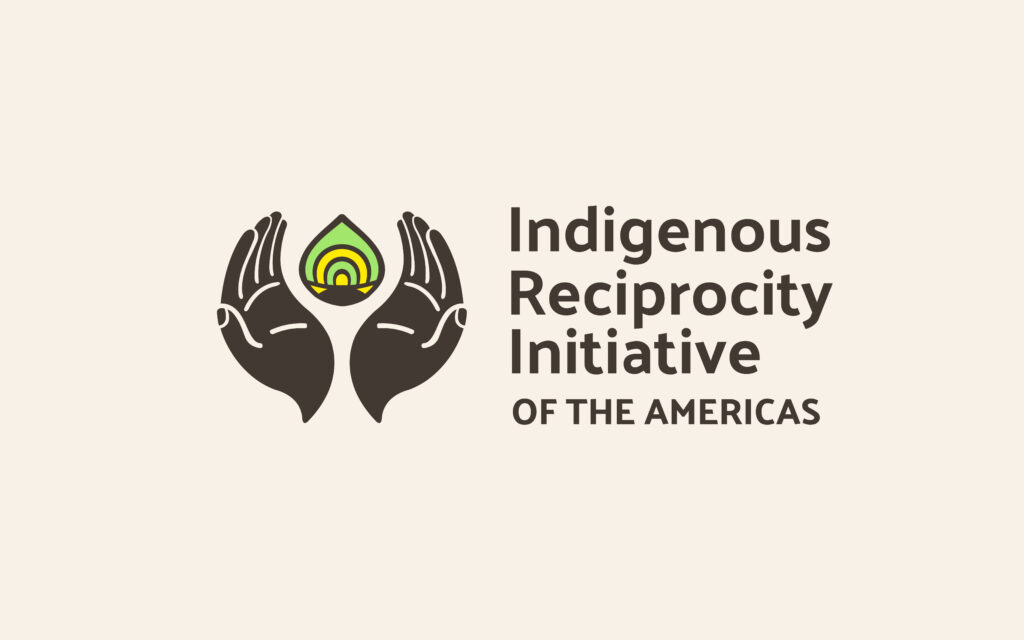
Discover Indigenous Reciprocity Initiative of the Americas
Although herbal remedies remain available today, the knowledge about their use for contraception or for inducing miscarriages seems to be disappearing even further. If abortion is re-criminalized in the US, our problems will only be compounded by the fact that our whisper networks about the common secrets of botanic knowledge for women’s health concerns have gone silent. Women’s knowledge of plants has long been politicized, not the least of which due to its associations, rightly or wrongly, with contraception and abortion.
“As we dismantle a war on drugs, Americans may also turn the clock back on reproductive rights in a move that may leave women seeking alternatives, and resorting to networks of secret knowledge with unintended risks.”
Psychedelic plant medicines are beginning to be decriminalized at an auspicious moment in the history of feminism and reproductive health justice in the United States. As we dismantle a war on drugs, Americans may also turn the clock back on reproductive rights in a move that may leave women seeking alternatives, and resorting to networks of secret knowledge with unintended risks.
Collage of Abortion Plants Image Credits: Top Left: “Queen Anne’s lace, serving as landing platform, with Table Rock in background” by Martin LaBar is licensed under CC BY-NC 2.0; Top Right: “Blue Cohosh 65” by jmunt is licensed under CC BY-NC 2.0; Bottom Left: “Mugwort” by Dendroica cerulea is licensed under CC BY-NC-SA 2.0; “Wetlands Blossoms, Pennyroyal (Mentha pluegium L.)” by born1945 is licensed under CC BY 2.0.
Take a minute to browse our stock:
Did you enjoy reading this article?
Please support Chacruna's work by donating to us. We are an independent organization and we offer free education and advocacy for psychedelic plant medicines. We are a team of dedicated volunteers!
Can you help Chacruna advance cultural understanding around these substances?



